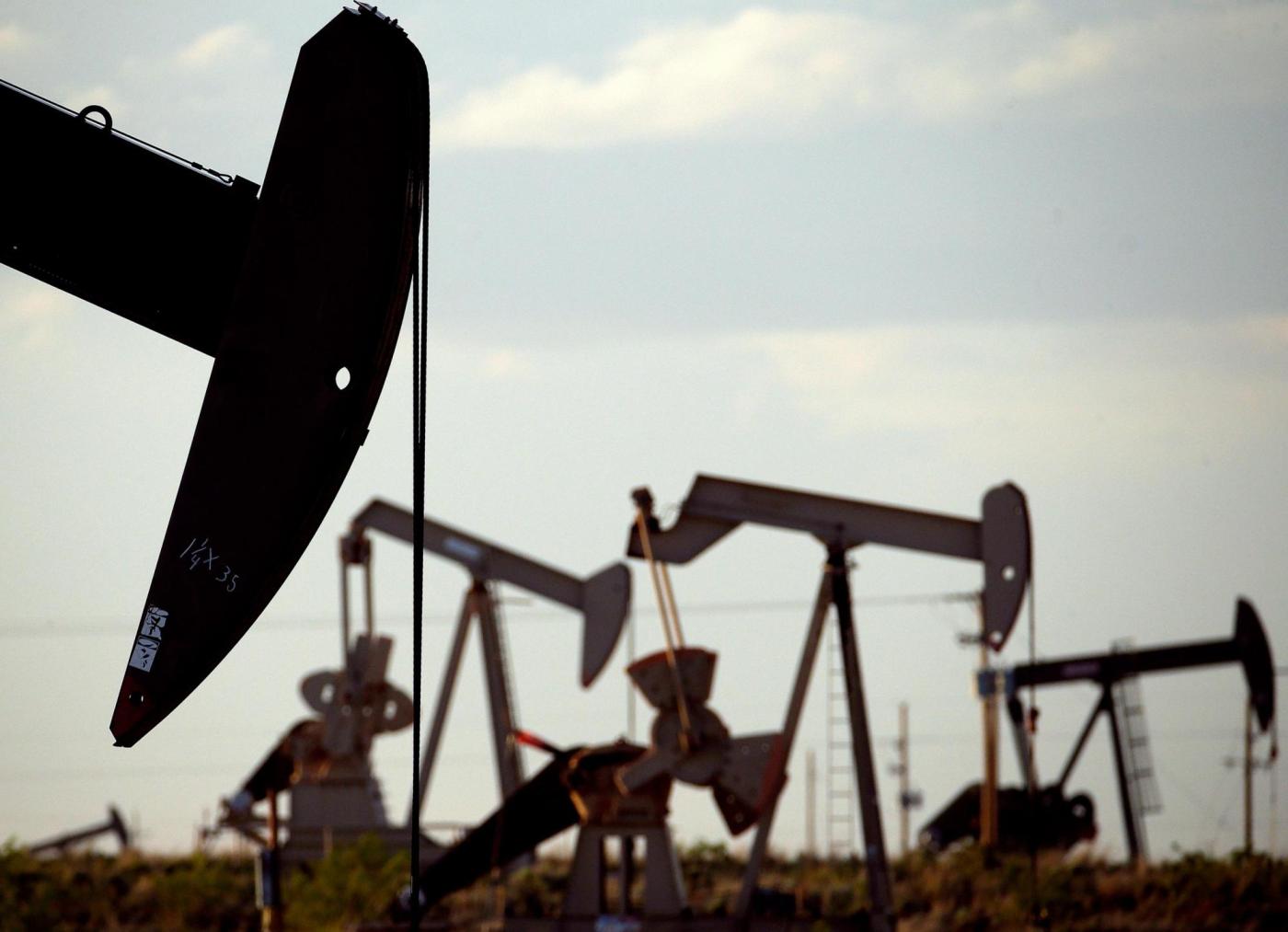By Matthew Daly | Associated Press
WASHINGTON — Oil and gas companies will have to pay more to drill on public lands and satisfy stronger requirements to clean up old or abandoned wells, according to a final rule issued Friday by the Biden administration.
The Interior Department’s rule raises royalty rates for oil drilling by more than one-third, to 16.67%, in accordance with the sweeping 2002 climate law approved by Congress. The previous rate of 12.5% paid by oil and gas companies for federal drilling rights had remained unchanged for a century. The federal rate was significantly lower than what many states and private landowners charge for drilling leases on state or private lands.
The new rule does not go so far as to prohibit new oil and gas leasing on public lands, as many environmental groups have urged and as Democratic President Joe Biden promised during the 2020 campaign. But officials said the proposal would lead to a more responsible leasing process that provides a better return to U.S. taxpayers.
The plan codifies provisions in the climate law, known as the Inflation Reduction Act, as well as the 2021 infrastructure law and recommendations from an Interior Department report on oil and gas leasing issued in 2021.
“These are the most significant reforms to the federal oil and gas leasing program in decades, and they will cut wasteful speculation, increase returns for the public and protect taxpayers from being saddled with the costs of environmental cleanups,” Interior Secretary Deb Haaland said.
Along with efforts to clean up so-called orphaned, or abandoned, wells, “these reforms will help safeguard the health of our public lands and nearby communities for generations to come,” Haaland said.
Haaland and other officials said the new rule provides a fair return to taxpayers and focuses oil and gas leasing in areas that are the most likely to be developed, especially those with existing infrastructure and high oil and gas potential. The rule will ease pressure to develop areas that contain sensitive wildlife habitat, cultural resources or recreation sites, officials said.
Related Articles
Opinion: Why is it so hard to install climate-friendly heat pumps in California?
Salmon fishing banned off the California coast for the second year in a row
8 sustainable and eco-friendly cooking tips to try in the kitchen
Crack in rural Utah dam puts nearby town at risk
Storms batter the South, leaving one dead in Mississippi
The new royalty rate set by the climate law is expected to remain in place until August 2032, after which it can be increased. The higher rate would increase costs for oil and gas companies by an estimated $1.8 billion in that period, according to the Interior Department.
The rule also would increase the minimum leasing bond paid by energy companies to $150,000, compared with the previous $10,000 established in 1960. The higher bonding requirement is intended to ensure that companies meet their obligations to clean up drilling sites after they are done or cap wells that are abandoned.
The previous level was far too low to force companies to act and did not cover potential costs to reclaim a well, officials said. As a result, taxpayers frequently end up covering cleanup costs for abandoned or depleted wells if an operator refuses to do so or declares bankruptcy. Hundreds of thousands of “orphaned” oil and gas wells and abandoned coal and hardrock mines pose serious safety hazards, while causing ongoing environmental damage.
The Interior Department has made available more than $1 billion in the past two years from the infrastructure law to clean up orphaned oil and gas wells on public lands. The new rule aims to prevent that burden from falling on taxpayers in the future.












